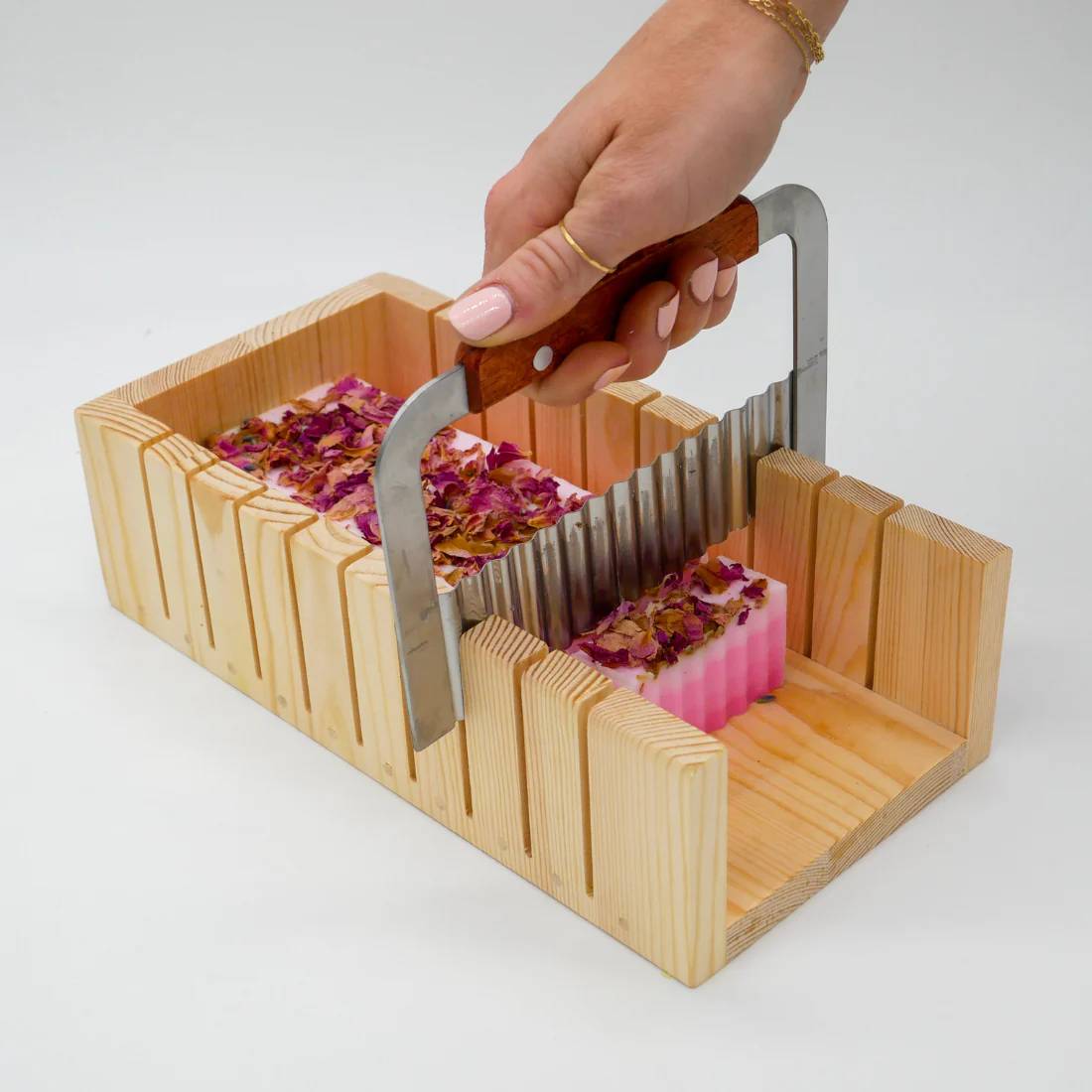If you’ve ever admired the silky lather of handcrafted soaps or marveled at the intricate swirls of artisanal bars, you’ve probably wondered how to recreate that magic in your own kitchen. Soap making can be a delightfully creative journey, combining chemistry with artistry, but choosing the right supplies can feel like navigating a larinth.
What Supplies Do I Need for Soap-Making?
Before you plunge into the process, it’s crucial to gather the essential tools. A sturdy mold, a heatproof mixing bowl, a reliable scale, and a spatula are indispensable. Oils like coconut, olive, or shea butter form the base, while lye is the secret catalyst that transforms oils into soap. Safety gear—gloves and goggles—will shield you as you orchestrate the chemical dance of saponification. Though optional, natural colorants, exfoliants, and dried flowers can elevate your creations into visually enchanting bars.
Is Making Soap Profitable?
Crafting soap isn’t merely an artistic pursuit; it can also be a profitable venture. Small-batch soaps, especially those using organic or rare ingredients, often fetch premium prices. Artisans can capitalize on local markets, online platforms, or subscription boxes. However, profitability hinges on careful ingredient sourcing, marketing, and branding, ensuring that the final product resonates with customers seeking a unique, tactile experience.
How Do I Start Making My Own Soap?
Launching your first batch doesn’t require a PhD in chemistry, but it does require curiosity and patience. Begin experimenting with simple melt-and-pour techniques, which allow you to focus on design and fragrance without worrying about lye handling. Once confident, advance to cold process methods, where lye and oils emulsify over several hours, yielding a dense, creamy bar with longer curing potential.
What Are the Best Fragrances for Soap Making?
Selecting a fragrance is like painting with scent. Lavender, peppermint, and eucalyptus invigorate or calm the senses, while citrus notes like grapefruit and mandarin brighten moods. Floral blends such as rose, jasmine, and ylang-ylang provide a luxurious touch, and adventurous concoctions—think lemongrass with a hint of sage—can distinguish your creations. Always balance intensity with subtlety to prevent overpowering the skin.
What Is Cold Process for Soap Making?
Cold process is a revered method among artisans, prized for its ability to preserve delicate oils and fragrances. In this technique, oils and lye solution are combined at room temperature, triggering saponification slowly over time. This patience-driven approach produces bars with rich, creamy textures and the flexibility to experiment with layers, swirls, and intricate designs. Unlike melt-and-pour methods, cold process soap must cure for several weeks, allowing excess water to evaporate and the bar to harden fully.
What Is the Best Organic Kit?
For those who crave purity and sustainability, the best organic soap making kit blends ethically sourced oils, botanical additives, and natural fragrances. High-quality kits provide pre-measured ingredients, detailed instructions, and occasionally, bonus tools for artistic flair. They encourage experimentation while maintaining safety, making them ideal for novices and seasoned crafters alike. If you’ve been hunting for a soap kit, this is the moment to transform curiosity into fragrant bars of creativity.
Final Thoughts
Embarking on soap making can awaken hidden creativity and cultivate mindfulness through tactile engagement. From selecting the right tools to exploring scent combinations and mastering cold process techniques, every step is a small victory. Whether your goal is a hob, a gift, or a fledgling business, the journey promises rich sensory rewards.
